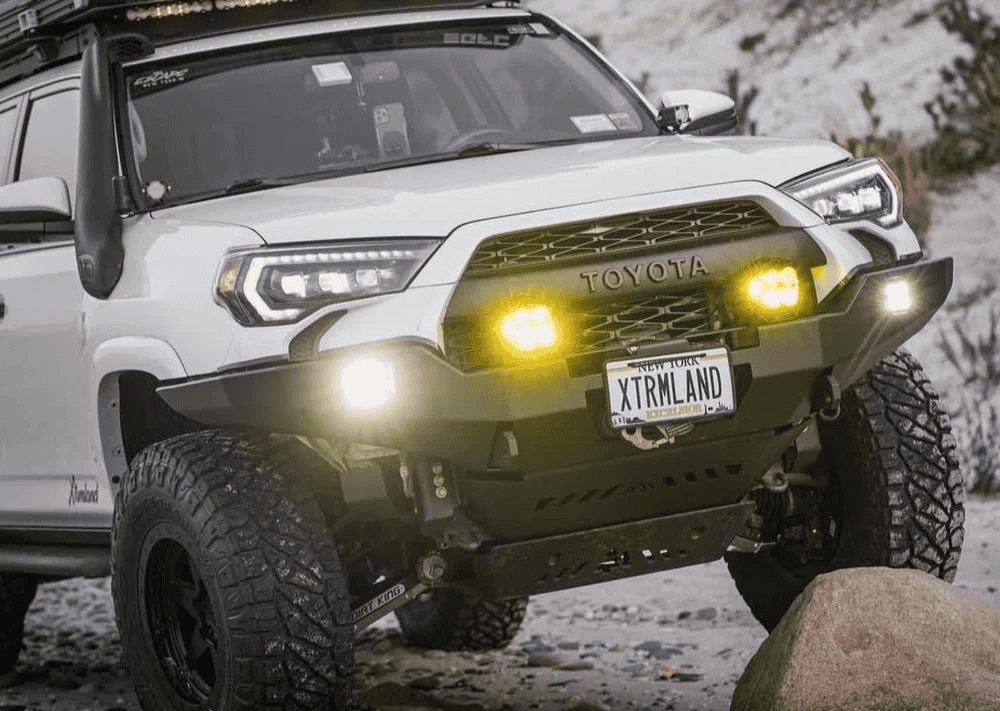Overland Vehicles

Load management control is the practice of supervising how power gets used and when it gets used so the system never falls behind. In mobile and off grid contexts, you balance limited supply with variable demand. Think of it like traffic control for electrons. It directs current to the right lanes, meters flow to avoid congestion, and opens extra lanes only when capacity is available. With thoughtful design, you prevent nuisance trips, voltage dips, and premature battery fatigue.
At its core, the approach blends monitoring, prioritization, and automation. Monitoring watches current, voltage, and state of charge in real time. Prioritization ranks loads so the essentials stay on during heavy draw moments. Automation acts on rules, cutting or delaying non essential circuits when thresholds are crossed. The outcome is a more resilient platform that feels seamless to the user.
There are several ways to orchestrate demand. Passive strategies include right sizing wiring, fusing, and distribution so individual circuits do not starve the system. You can also stagger usage by training users to avoid running the air conditioner, induction cooktop, and high output charger at the same time. Active strategies introduce logic that automatically sequences or sheds loads to maintain headroom.
Equipment makes this easier. Smart shunts track current flow with fine detail. Battery management systems watch temperature and cell health to enforce safe limits. Inverter chargers with load support can borrow from shore or generator power to assist during spikes. Relay banks and solid state switches turn circuits on and off with precision. When these pieces share data, the system behaves like a cooperative network rather than a collection of parts.
Passive approaches reduce risk by design. Oversized busbars, conservative fuse ratings, and short cable runs cut losses and heat. Active approaches react to conditions in the moment. They limit a water heater while an air conditioner starts, or delay a fridge defrost cycle until the batteries recover. Most reliable systems blend both so the hardware is forgiving and the control layer remains simple.
Common building blocks include current shunts, battery monitors, contactors, programmable relays, and inverter chargers with assist features. A central controller or distributed modules read sensor data, apply rules, and switch circuits to enforce priorities. The communication path can be wired, networked, or both for redundancy.
Bench tests validate wiring and protection, but field tests reveal the truth. Log loads across a week, watch start up currents, and adjust thresholds. Use trend data to refine when to shed or delay, and confirm that comfort devices remain dependable during peak use windows.
Start with a power budget. List every device, its draw, duty cycle, and start up surge. Size batteries for autonomy and desired depth of discharge. Then evaluate charging sources. Solar provides steady daytime charge, alternator charging adds miles equal to energy, and shore charging covers sustained peak use. The control scheme should consider all three so loads shift intelligently based on available input.
Circuit prioritization matters. Tier one runs safety and mission critical items like fans, fridge, and communications. Tier two supports comfort like outlets and water heating. Tier three covers luxury draws that can pause without penalty. When state of charge drops or surge demand rises, the controller trims from the bottom first so the cabin never goes dark.
Modern control also improves charging. Some inverter chargers reduce charging current if cabin loads climb, which prevents tripping shore breakers at small camp pedestals or home garages. Alternator charging can be limited based on temperature or engine duty so you do not overtax the vehicle. Solar controllers can raise or lower target voltage to favor longevity or faster recovery.
Reliable systems aim for graceful degradation. If one device fails, the essentials remain online and the user receives a clear message about what changed. Simplicity wins in harsh environments. Use clear labeling, logical routing, and service loops so maintenance remains straightforward in the field.
Translating theory into a quiet, cool running van or truck takes experience. Packaging matters as much as schematics. Mounting components with airflow, isolating vibration, and providing drip loops keep electronics happy. Clean harnessing reduces resistance and future troubleshooting time. The best systems disappear in daily life and only make themselves known through reliable comfort.
If you want to see how an integrated upfit approaches power planning end to end, review our explore overland rigs page. For tailored layouts with prioritized circuits, component integration, and field tested wiring practices, our custom overland upfits show what a disciplined control strategy looks like in the real world. Curious about the people behind the work and how we build for reliability first, read why choose OZK Customs.
A dependable electrical system is not an accident. It is the product of clear goals, honest math, quality parts, and thoughtful control. If you are ready to prioritize the right loads, trim the waste, and build a rig that runs calm under pressure, we can help from concept to handoff. Our shop designs, fabricates, and installs complete power solutions for custom vans, overland trucks, and towable platforms, then trains you at delivery so the system feels second nature. Reach out with your must haves and we will turn them into a clean, serviceable design that protects your batteries and your adventures.
Ready for a power system that just works while you roam? Our team designs and installs load management solutions that prioritize your must have circuits, protect your batteries, and integrate solar, alternator, and shore charging without drama. If you want a quiet, capable rig built by people who live this life, share your goals and we will map the system, build it, and hand you the keys with a walkthrough.
ADDRESS:
6159 E Huntsville Rd, Fayetteville, AR 72701
PHONE:
(479) 326-9200
EMAIL:
info@ozkvans.com